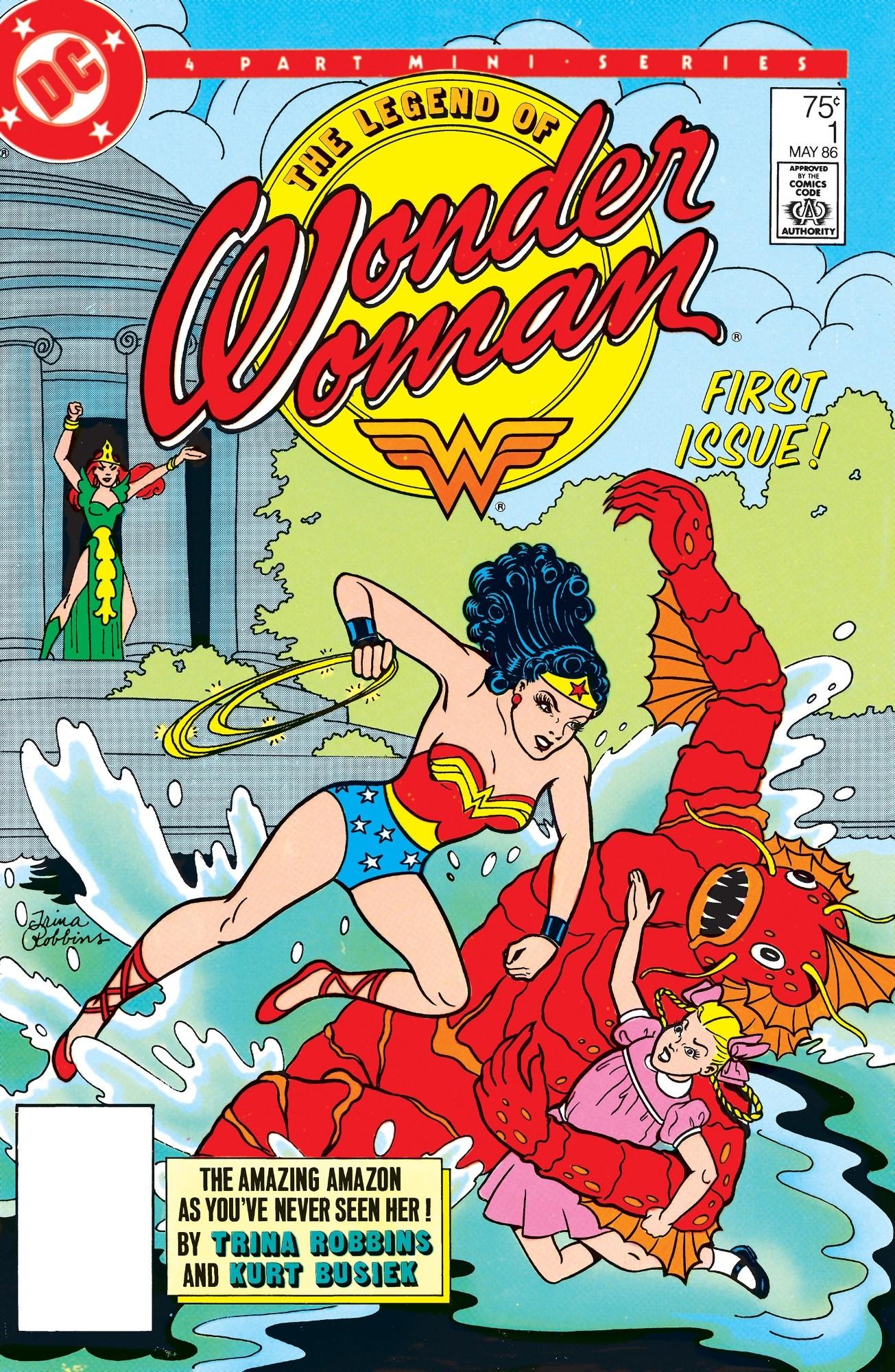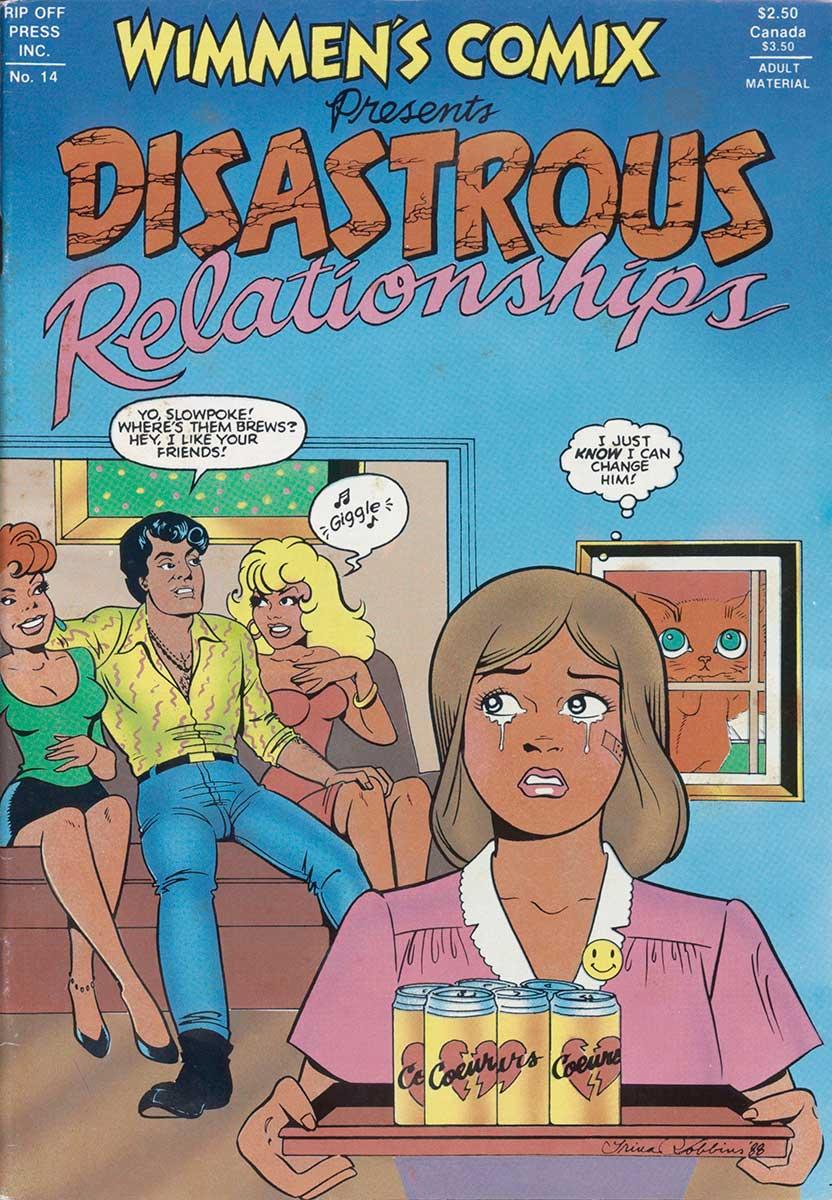In her memoir, Last Girl Standing, the 81-year-old says she intends to drop dead at her computer. In the last decade alone, Trina has published eleven books, mostly on the history of women in comics. By this time next year, it will be thirteen. Gladys Parker: A Life in Comics, A Passion for Fashion, will be out this winter, and The Flapper Queens: Women Cartoonists of the Jazz Age, will follow in summer.
But it’s understandable why people are so eager to talk about her previous careers as a boutique owner and cartoonist. In the 1960s, she ran a boutique called Broccoli that dressed rock stars like Mama Cass and Donovan. She sewed in exchange for the EVO, an underground newspaper, publishing her comics-style advertisements called the Broccolistrip. Through this, she got involved in the underground comics scene, though she was turned off by the lack of respect and opportunity for women. In the 70s, she edited and drew the cover for the first all-female underground comic, It Ain’t Me Babe. She also helped launch Wimmen’s Comix, the first and longest-lasting all-women comics anthology. In the 80s, she became the first woman to draw Wonder Woman. And yes, she is the Trina of Joni Mitchell’s song, Ladies of the Canyon.






























